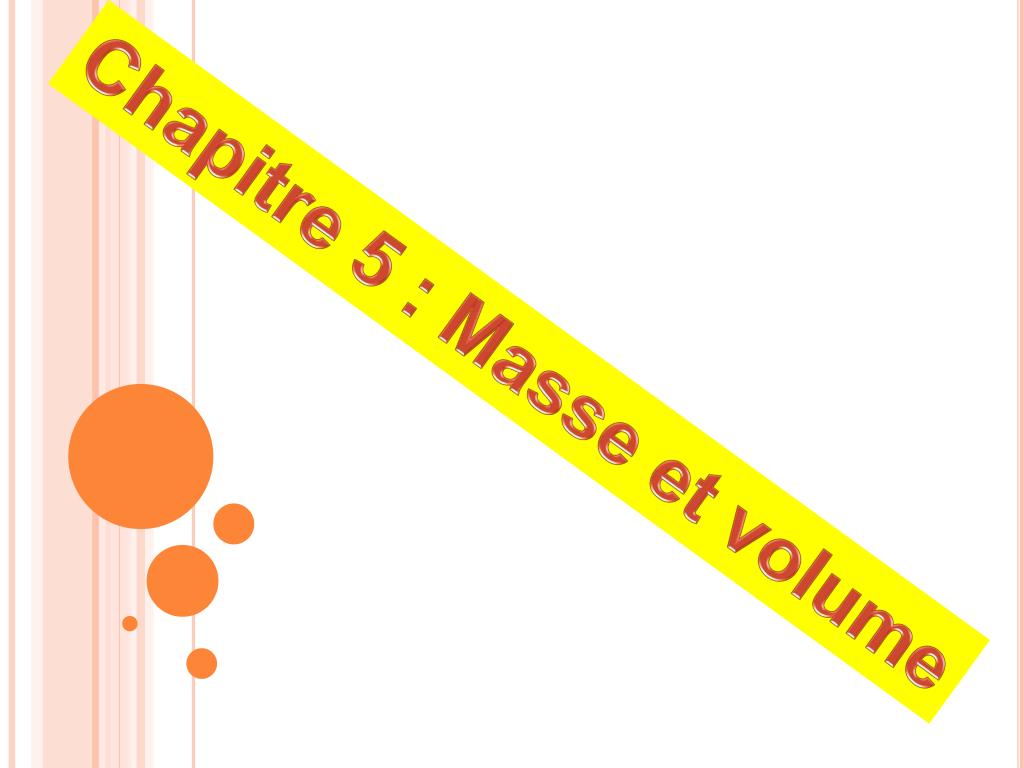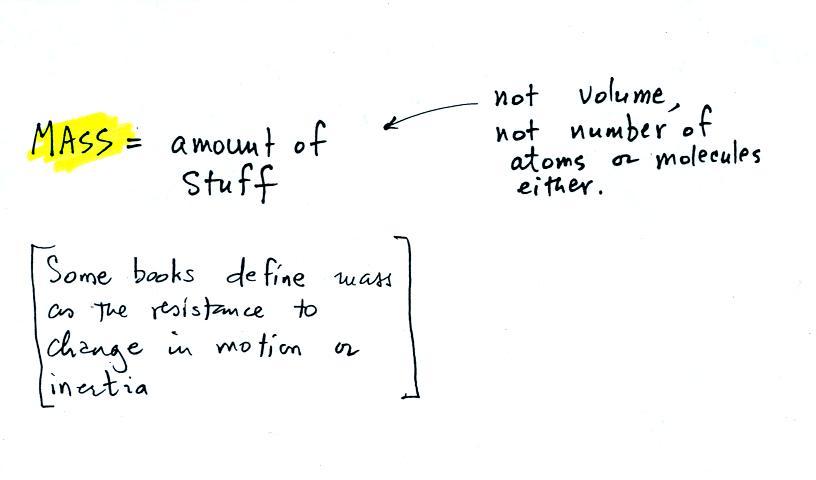

"Determination of monoisotopic masses and ion populations for large biomolecules from resolved isotopic distributions". The Kendrick mass for a family of compounds F : Missing or empty |title= ( help) The method of stating mass was suggested in 1963 by the chemist Edward Kendrick.Īccording to the procedure outlined by Kendrick, the mass of CH 2 is defined as 14.000 Da, instead of 14.01565 Da. The Kendrick mass is used to aid in the identification of molecules of similar chemical structure from peaks in mass spectra. The Kendrick mass is a mass obtained by multiplying the measured mass by a numeric factor. For example, three isotopologues of the water molecule with different isotopic composition of hydrogen are: HOH, HOD and DOD, where D stands for deuterium ( 2H). Isotopomers should not be confused with isotopologues, which are chemical species that differ in the isotopic composition of their molecules or ions. For example, CH 3CHDCH 3 and CH 3CH 2CH 2D are a pair of structural isotopomers. Isotopomers (isotopic isomers) are isomers having the same number of each isotopic atom, but differing in the positions of the isotopic atoms. This refers to the mass of the molecule with the most highly represented isotope distribution, based on the natural abundance of the isotopes. Theoretical isotope distribution for the molecular ion of glucagon (C 153H 224N 42O 50S) When an exact mass value is given without specifying an isotopic species, it normally refers to the most abundant isotopic species.

The exact mass of heavy water, containing two hydrogen-2 ( deuterium or 2H) and one oxygen-16 ( 16O) is 2.0141 + 2.0141 + 15.9949 = 20.0229 Da. The exact mass of an isotopic species (more appropriately, the calculated exact mass ) is obtained by summing the masses of the individual isotopes of the molecule. For molecules with mass below 200 Da, 5 ppm accuracy is often sufficient to uniquely determine the elemental composition. The accurate mass (more appropriately, the measured accurate mass ) is an experimentally determined mass that allows the elemental composition to be determined. This differs from the definition of mass defect used in physics which is the difference between the mass of a composite particle and the sum of the masses of its constituent parts. In mass spectrometry, the difference between the nominal mass and the monoisotopic mass is the mass defect. For a molecule, the nominal mass is obtained by summing the nominal masses of the constituent elements, for example water has two hydrogen atoms with nominal mass 1 Da and one oxygen atom with nominal mass 16 Da, therefore the nominal mass of H 2O is 18 Da. The nominal mass is not always the lowest mass number, for example iron has isotopes 54Fe, 56Fe, 57Fe, and 58Fe with abundances 6%, 92%, 2%, and 0.3%, respectively, and a nominal mass of 56 Da. Isotope abundances are tabulated by IUPAC: for example carbon has two stable isotopes 12C at 98.9% natural abundance and 13C at 1.1% natural abundance, thus the nominal mass of carbon is 12. The nominal mass for an element is the mass number of its most abundant naturally occurring stable isotope, and for an ion or molecule, the nominal mass is the sum of the nominal masses of the constituent atoms. For example, carbon-12 ( 12C) has 6 protons and 6 neutrons. The mass number is unique for each isotope of an element and is written either after the element name or as a superscript to the left of an element's symbol. The mass number, also called the nucleon number, is the number of protons and neutrons in an atomic nucleus. The average mass of a molecule is obtained by summing the average atomic masses of the constituent elements. Due to this relativity, the molecular mass of a substance is commonly referred to as the relative molecular mass, and abbreviated to M r.

The molecular mass (abbreviated M r) of a substance, formerly also called molecular weight and abbreviated as MW, is the mass of one molecule of that substance, relative to the unified atomic mass unit u (equal to 1/12 the mass of one atom of 12C). Theoretical isotope distribution for the molecular ion of caffeine


 0 kommentar(er)
0 kommentar(er)
